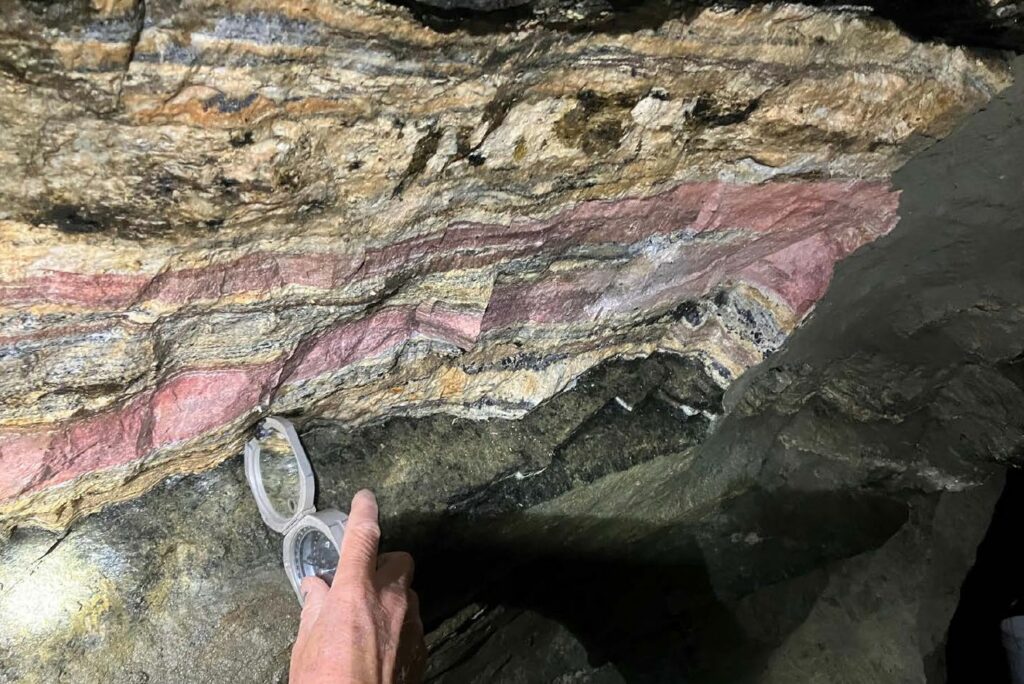USCM is working with INL scientists to develop cutting- edge tech for the separation of rare earths and other critical minerals.

Expanding into a critical segment of America’s rare earths supply chain, US Critical Materials Corp. is working with Idaho National Laboratory to develop new technologies to separate this suite of notoriously tightly interlocked technology elements.
While the United States has no shortage of potential domestic rare earth supplies, and even has one producing mine in California, there are currently no commercial REE separation facilities in North America. China, which has dominated the processing and separation of rare earths for decades, continues to account for about 85% of global capacity.
With electric vehicles, wind energy, and high-tech devices creating enormous new demand for rare earth elements, there has been an increased push to develop REE separation capacity in the U.S.
Simply adopting the solvent extraction rare earths separation method used in China, which was developed in the U.S. during the 1950s, is not considered commercially viable in North America due to its labor intensity and environmental footprint.
This is why US Critical Minerals, which is exploring very high-grade rare earth-gallium-niobium-scandium-yttrium targets on its Sheep Creek project in southwestern Montana, has partnered with Idaho National Lab to develop new environmentally sound rare earths separation methods.
“The U.S. has very little commercial rare earths processing,” said US Critical Materials President James Hedrick, who previously served as rare earth commodities specialist at the United States Geological Survey. “We need to be able to compete with and exceed China’s rare earth processing capabilities.”
REE supply chain solutions
The US Critical Materials and Idaho National Lab collaboration is focused on developing a process for carbonatite ore handling, preparation, and extraction of targeted, value-added metals present in the ore. Developing a solution that solves environmental issues related to the mining and processing of the rare earths and associated critical minerals will be an area of particular focus for the parties.
Idaho National Lab, whose involvement with rare earth separation goes back to the dawn of the nuclear age in the 1950s, has decades of expertise to bring to the table.
“Our latest separations technologies target the energy critical materials and span the entire supply chain from mining to recycle/recovery,” Robert Fox, materials separation and analyses department manger and Idaho National Laboratory, told Metal Tech News in an email. “Our CRADA (cooperative research and development agreement) with US Critical Materials allows us to continue to develop our prowess and to expand our technological solutions to solve rare earth element (REE) challenges.”
US Critical Materials anticipates that patents for new cutting-edge rare earths separation technologies could be applied for by the end of the current eight-month term of its CRADA with Idaho National Lab.
“This research agreement, and the tech that will be developed, will help advance U.S. rare earth processing proficiency,” said Hedrick.
Also published on Metal Tech News: US Critical Materials Separation Tech
